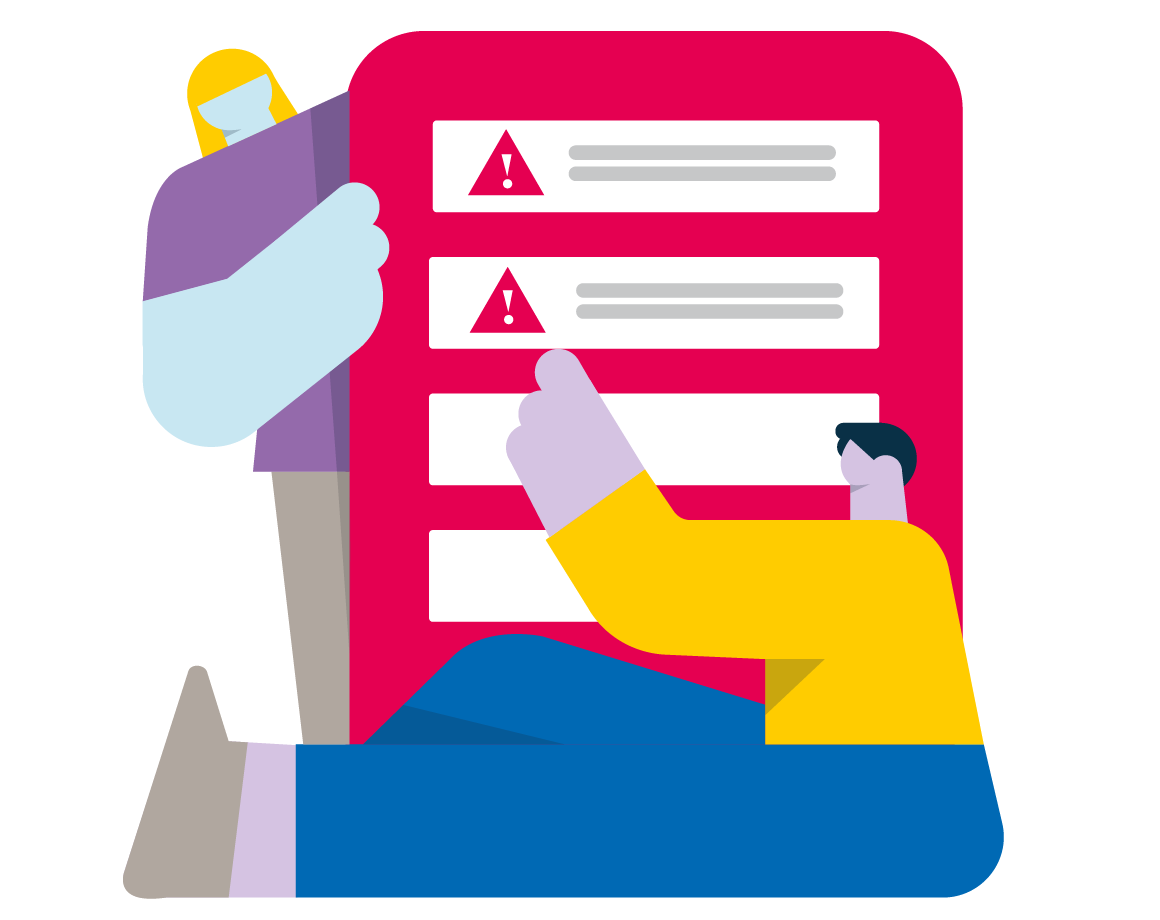From Consulting to Design
The life cycle of an IT project includes crucial steps and essential phases for the result to live up to customer expectations.

Planning
After identifying the reference context and identifying the stakeholders, we approach the planning phase which is a fundamental aspect for the success of the project. In this step we make a first “feasibility analysis” to verify the feasibility and conditions of the project, and define the following points:
- Mission: the purpose of the project that takes time and costs into account.
- Targets: the definition of the expected results and the constraints of cost, time and personnel.
- WBS: the decomposition into elementary activities of the entire project to highlight what needs to be done and with what priority.
- Resources: the elaboration of the “activity-resource matrix” to assign to each elementary activity the resources necessary for the realization of the project and determine the costs of the entire project.

Risk Analysis
A crucial aspect of planning is the determination of risks – related to the context in which the project is developed – that can affect the achievement of the set objectives.
In this phase we define the “risk matrix” that allows you to evaluate each risk in relation to the potential damage and the probability of occurrence.
Once the risks associated with the individual project activities have been identified and weighed, we plan the actions:
- Preventive, to minimize the probability of occurrence.
- Corrective, to minimize the damage that the onset of a problem causes to the project.

Programming
In this phase of the project, we organize the activities, distribute the resources and define a realistic timing for the realization of the project.
To complete this step, we take into account the following points:
- Attribution of responsibility: it consists in defining the task-responsibility matrix (“who does what”).
- Network planning: the graphic representation of the relationships between the individual activities of the project, where the types of link between the activities, their duration and the constraints present are defined.
- Critical path: a series of activities to determine the expected duration of the entire project, taking into account any delays or slippages and remedial actions to comply with the pre-established times.
- Gantt chart: gives graphical evidence of the start and end dates of individual activities and the relationships between them.
- Resource analysis: the definition of the allocation of resources for each activity, in order to evaluate for the individual daily load and any overloads.
- Economic evaluation: it is used to derive the “cost progress curve” and ensure continuous comparison in the progress of the project.


